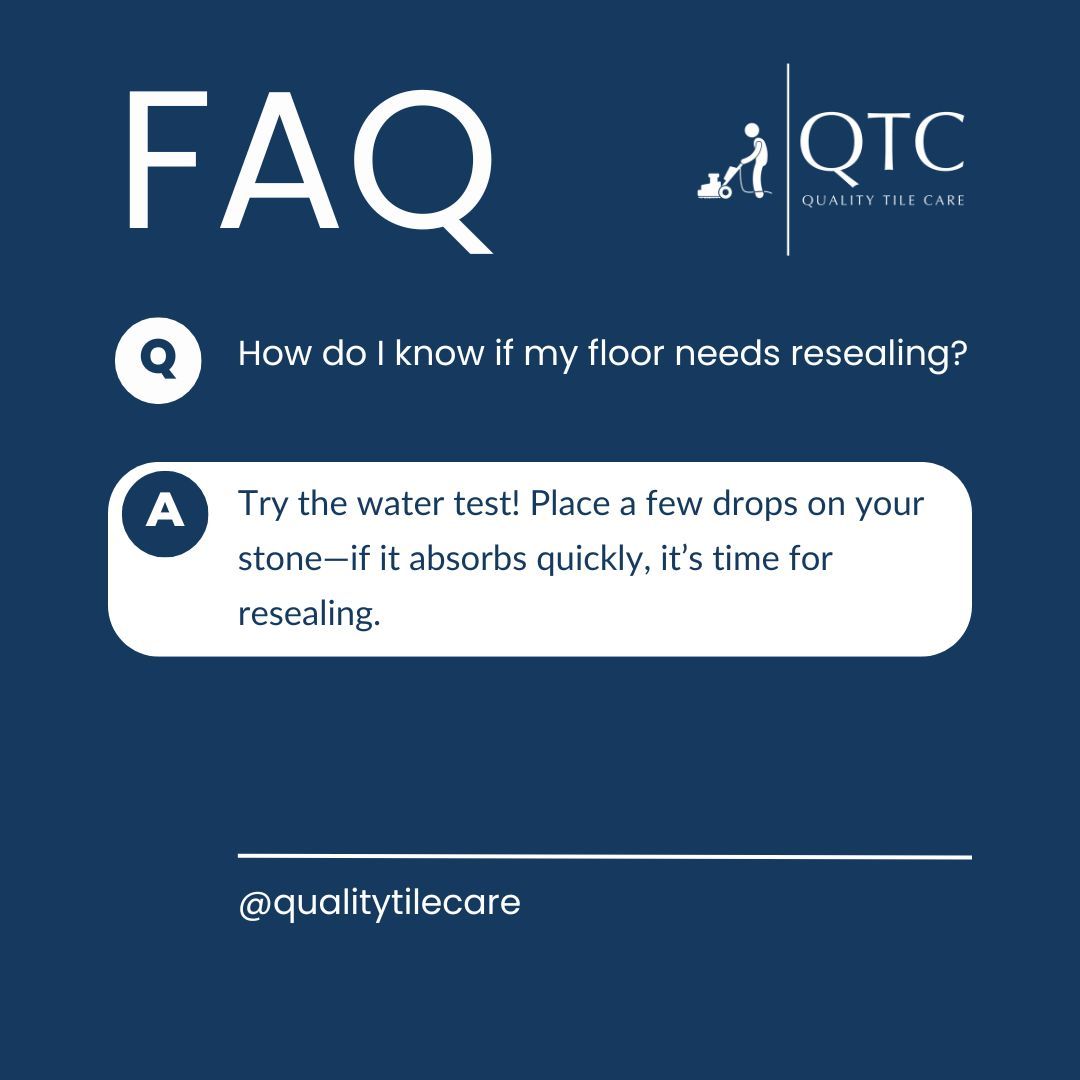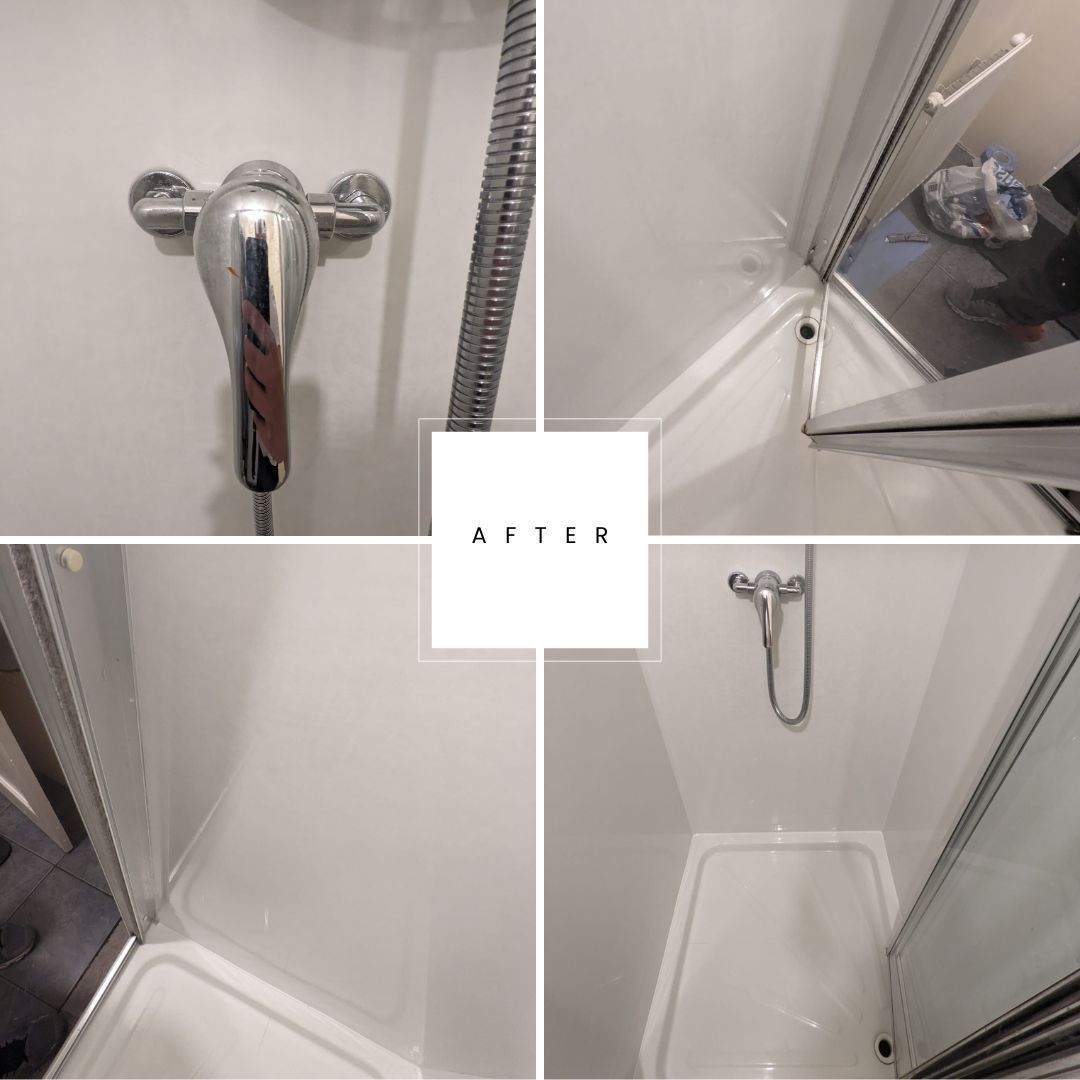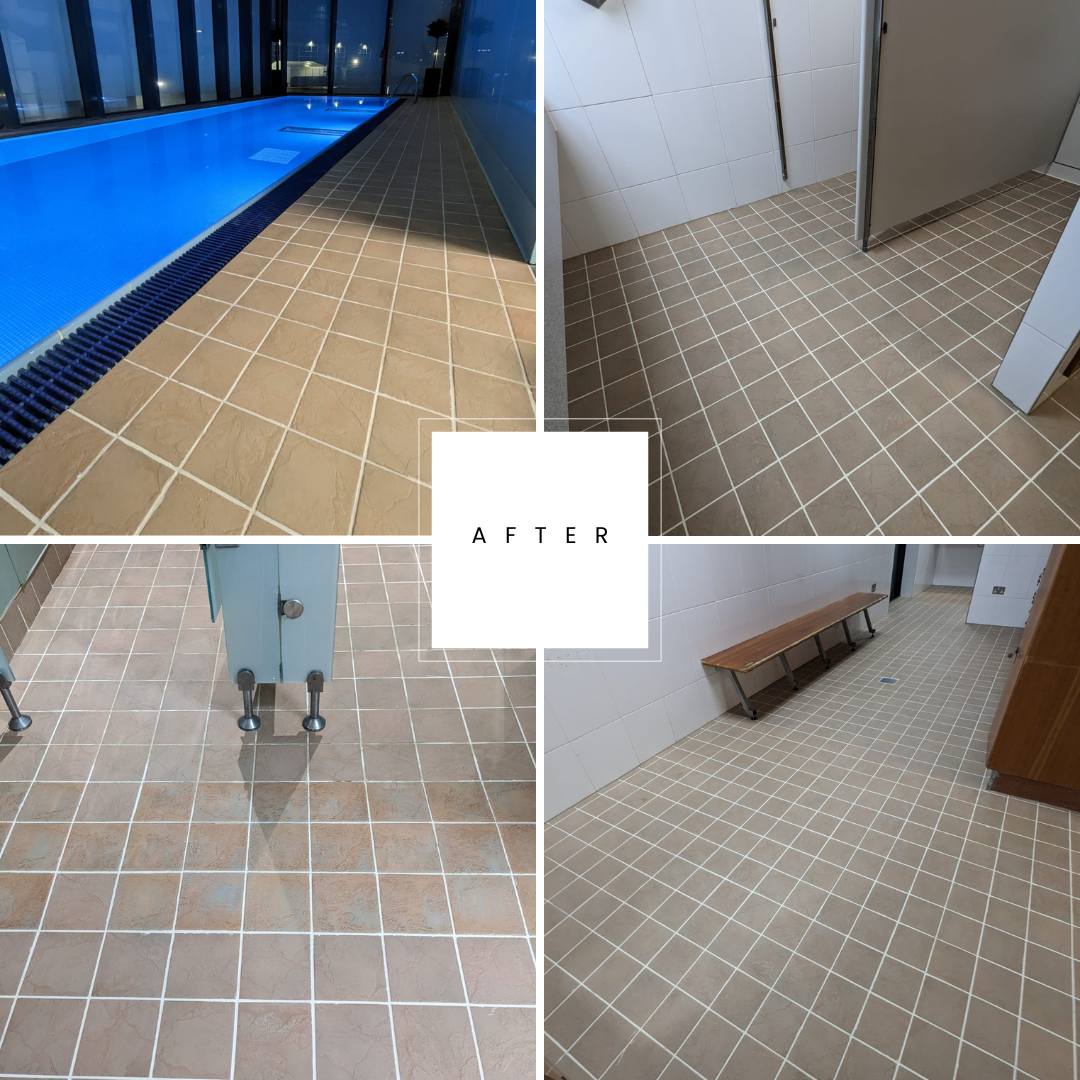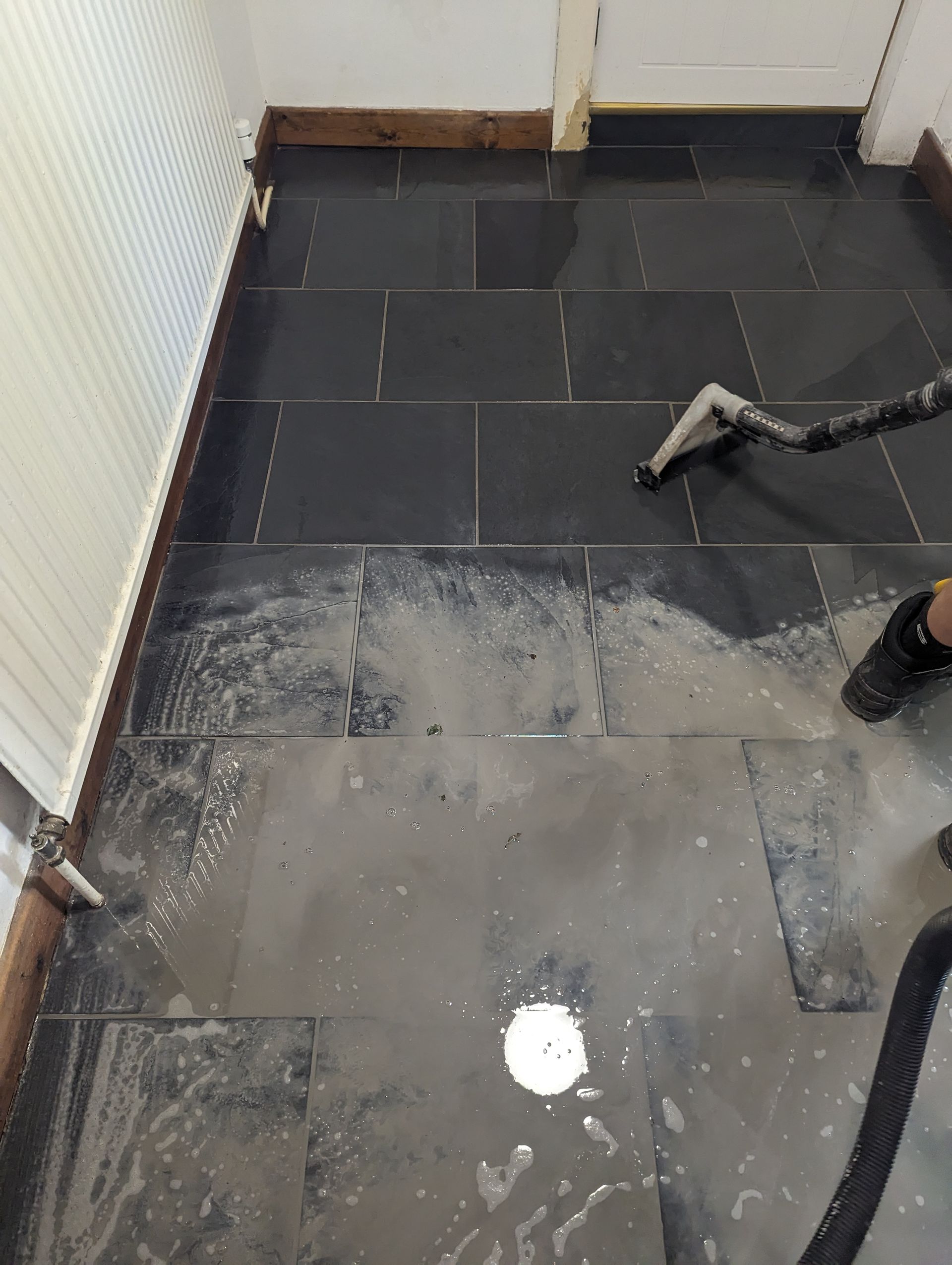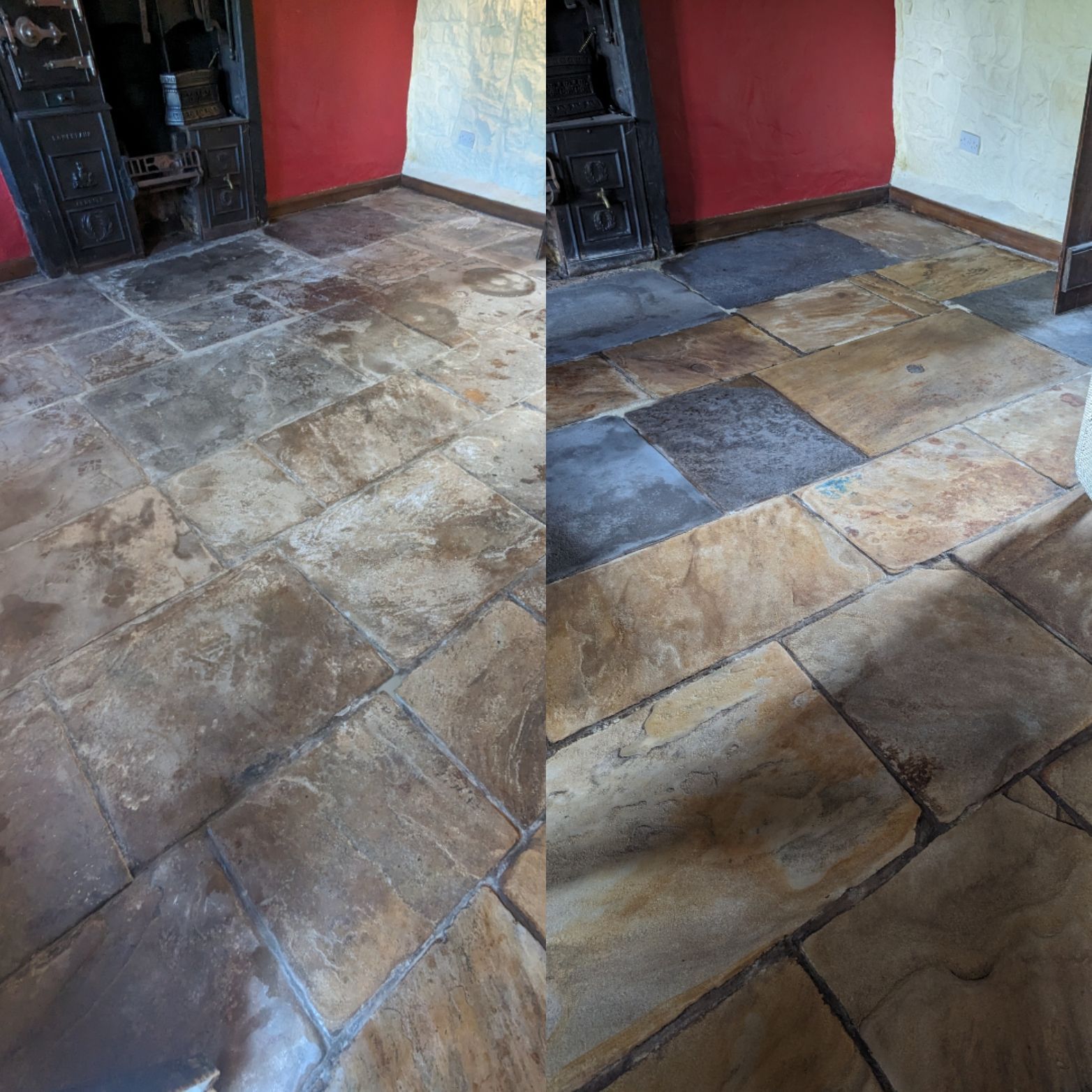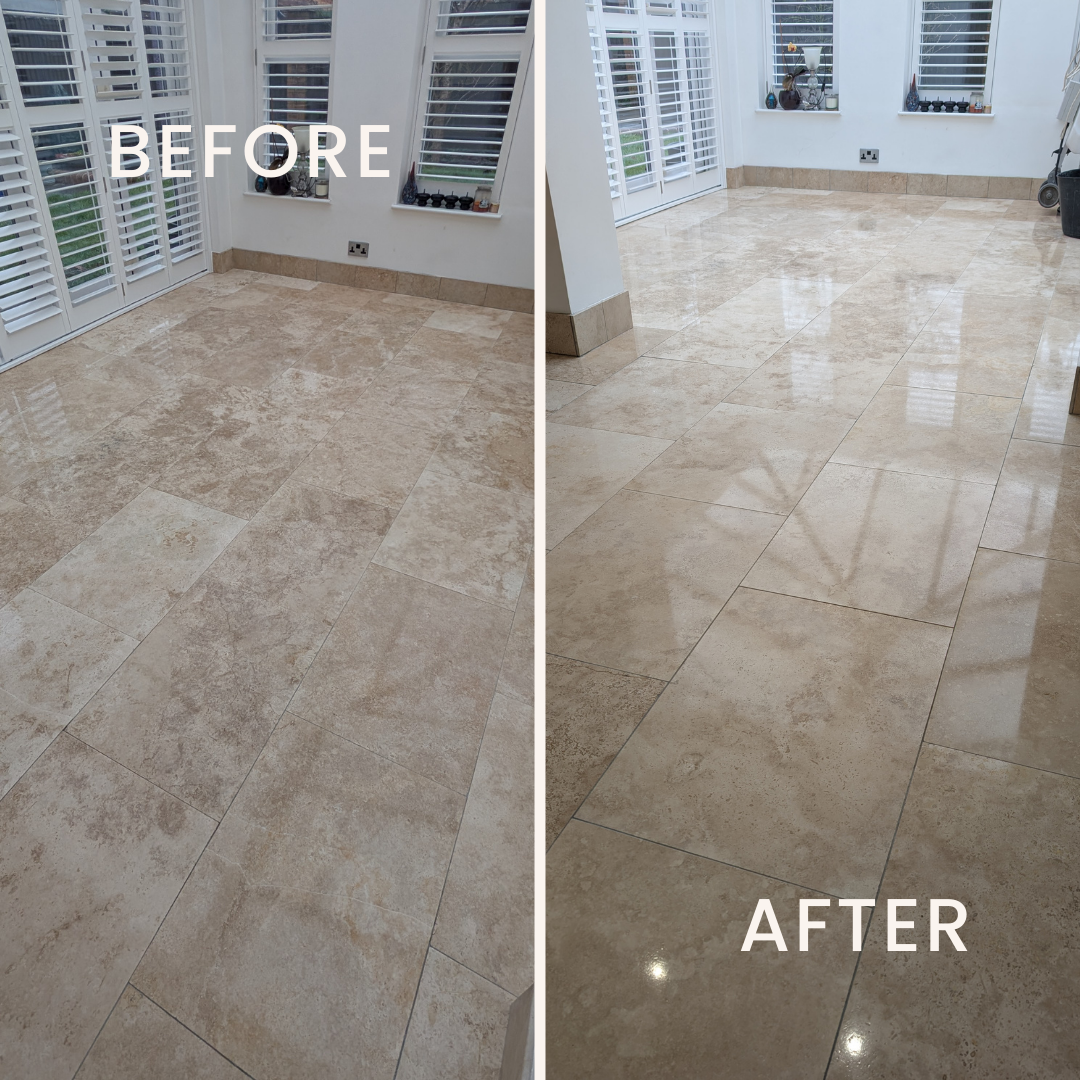TRAVERTINE FLOOR CLEANING AND SEALING ADVICE
Travertine Stone Tiles Cleaning and Sealing Advice From Our Professional Cleaners
Travertineis a form of limestone deposited by mineral springs, especially hot springs. Travertine often has a fibrous or concentric appearance and exists in white, tan, cream-colored, and even rusty varieties.
The structure of travertine can be likened to that of a honeycomb, where small pockets or cavities exist within the stone; these are exposed as holes in the surface when it's cut into tiles.
Travertine has been used in the construction of buildings since before the Roman times. Until fairly recently most travertine originated from Italy, from quarries in Tivoli and Guidonia Montecelio; the old Bernini quarry here has major historical importance, as it's where the building materials were quarried for the colonnade of St Peter's Square in Rome.
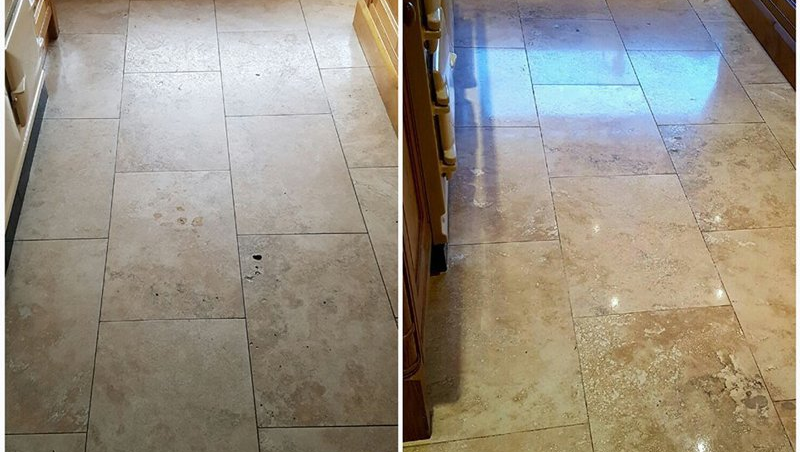
Travertine finishes
Today, travertine is mainly used in the production of tiles. As the cut tiles have holes in them, there are numerous travertine finishes available:
-
Honed - this is a matt finish where the holes are left exposed and filled with grout during installation.
-
Honed and filled - where the holes are filled at the factory, usually with a cement-based product. The filling is typically the same colour of the tiles to give a more blended look, but can often be white which stands out a bit more.
-
Polished – usually polished travertine comes pre-filled. More basic polished travertine has cement-based filler which will give the surface a patchy appearance as the filler won't be polished. More expensive polished travertine has epoxy-based filler that is smooth and shiny and doesn't stand out as much as cement-based, and overall provides a much better appearance.
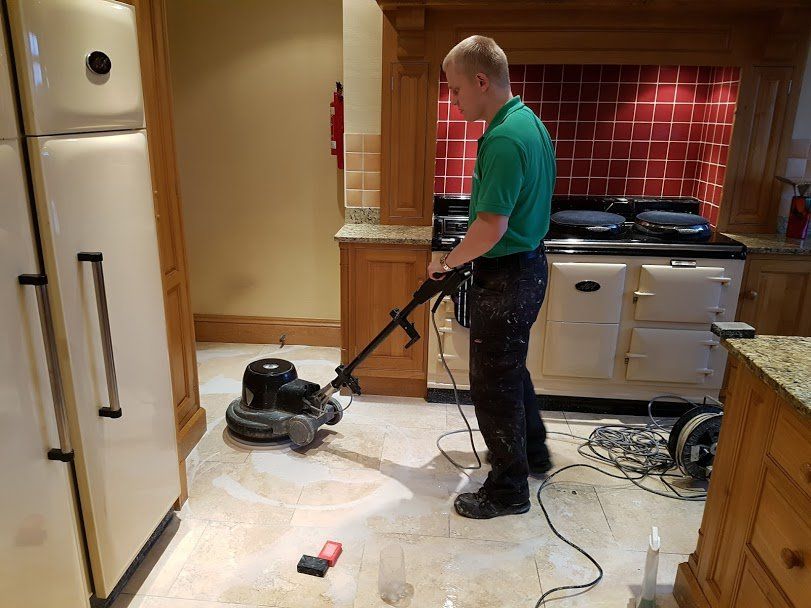
Travertine Floor Cleaning
First to deep clean, remove acid stains and polish tiles you will need:
- Rotary machine
- Wet vacuum
- Diamond burnishing pads 400, 800, 1500 and 3000 grits
To restore the honed finish by burnishing the floor using the diamond pads system, first you need to start off with 400 grit burnishing pad to take off the old sealer and any ingrained dirt. Water is needed as a lubricant to use the pads, so add some water to the area and then go over each tile with the pad 3 or 4 times, this will be followed by removing the dirty water using a wet vacuum and then floor needs to be rinsed.
Next take off the coarse 400 grit pad and apply a medium 800 grit and repeat the process followed by the fine 1500 grit. Again remove the water with a Wet Vax machine. After the third pad grout lines need cleaning. Use a weak non acidic stone cleaner to get the dirt softened and then scrub the grout joints with grout brush, followed by removing the soiled water again.
After grout cleaning leave the travertine floor to fully dry and then complete by applying a Very Fine 3000 grit pad and polish with a squirt of water. It's important to polish thoroughly and not leave any water marks on the floor. When fully polished protect the floor by applying a sealer as per instructions below.
Travertine Tiles Sealing
Travertine needs to be sealed with impregnating sealer -It's matt sealer which will penetrate in the surface and allows it to breathe. Impregnating sealer Performs well in wet areas including bathrooms, wetrooms and swimming pool surrounds. It's also suitable on floors that have no damp proof course.
When the Travertine Tiles are fully dry apply colour enhancing impregnating sealer to enhance the natural colours of darker Travertine's. If however you are sealing a lighter shade of travertine and you not wish to darken the stone, apply a clear impregnating sealer which gives no visual effect to the stone.
It's best if you apply 2-3 coats if tiles have never been sealed before and 1-2 coats if they have been sealed previously.
Also make sure to wipe off any sealer that didn't absorb into the stone surface
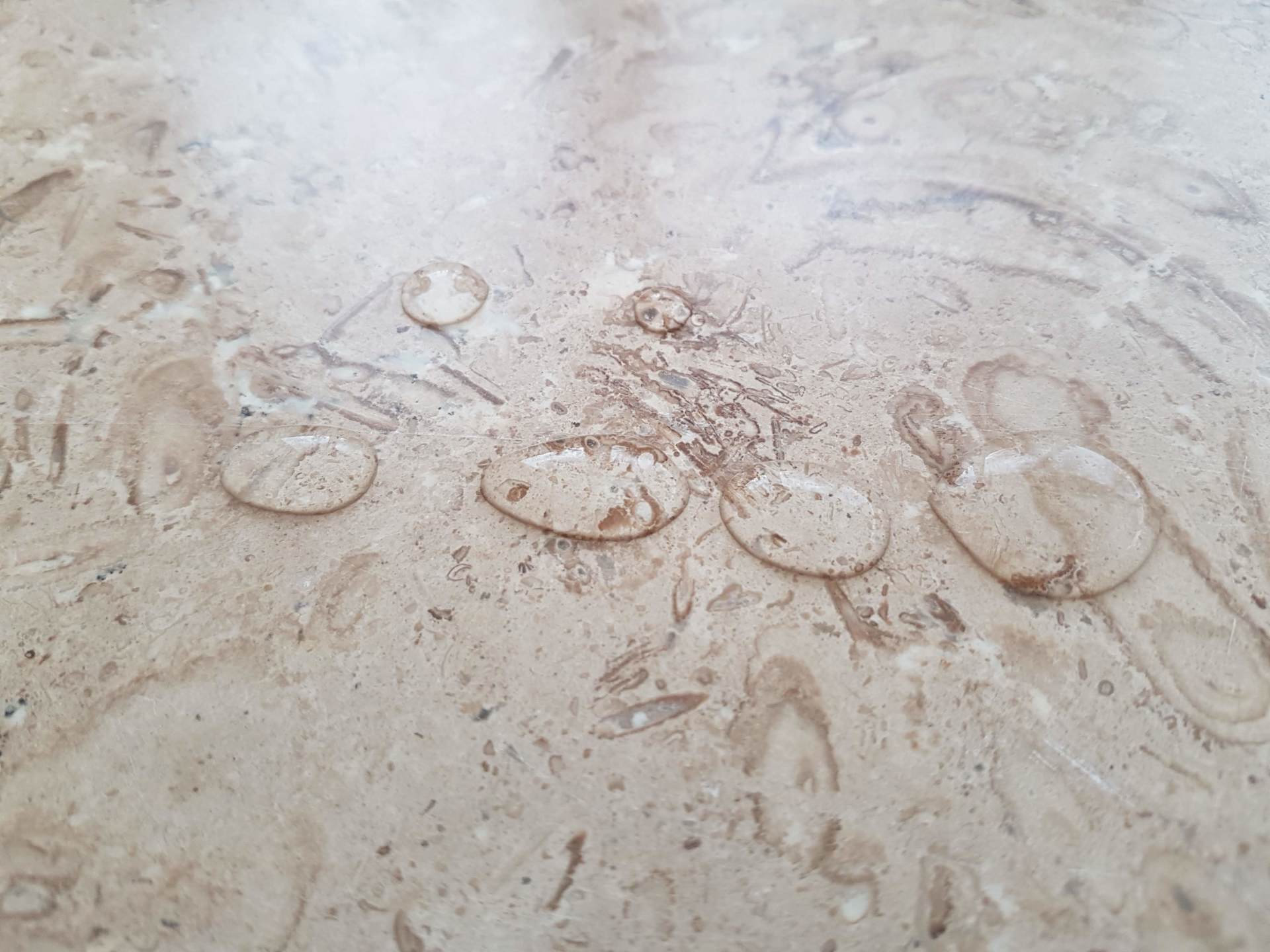
Regular Travertine Maintenance
For regular cleaning use a sealer friendly non acidic cleaning product that's meant for natural stone surfaces. Make sure you don't use anything strong on the floor as after the burnishing it's fairly easy to clean the floor.
To keep the shine, you need to buff the floor with the last 3000 grit pad after every 3-6 months, depending on a wear.
This process will improve surface tension (which is not to be confused with the amount of sealer residing in the stone), thereby tightening the pores in the stone to improve the overall appearance and finish of the floor. If you are not able to do the maintenance then our professional Travertine cleaners offer maintenance plans to keep your floor in pristine condition.
To see travertine cleaning examples go to: https://www.qualitytilecare.co.uk/work-history and type in the search "Travertine"
Tags: Travertine , Limestone , Cleaning , Honing , Burnishing , Polishing, Cleaning, Manchester, Floor Cleaners

Contact Us
Our Contact Details

